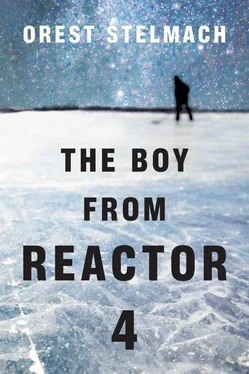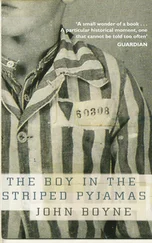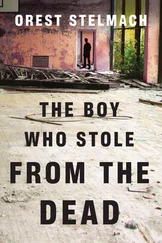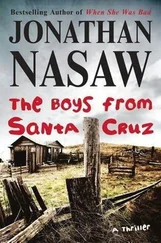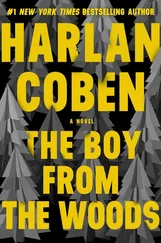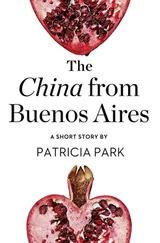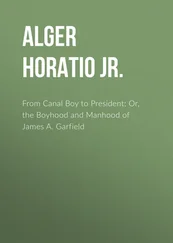A portable Walkman cassette player from a prior century rested on a nightstand. A scratched and smeared cassette box lay beside it: the greatest hits of Petula Clark.
Damian’s parched lips spread into a smile. He curled his right index finger for her to come forward.
Without warning, a fit of coughing seized him. He wheezed and convulsed violently on the bed. Nadia wondered if she should call for Oksana but doubted there was anything the babushka could do.
The spasms slowly subsided. He inhaled through his nose and exhaled through his mouth three times to normalize his breathing. Motioned for Nadia to come closer. Nadia wished she felt a connection of some kind, but she didn’t. She was just a stranger in the house of an old man who happened to be her uncle.
She pressed her ear closer to his lips.
“Did a man give you a message in New York City?”
Nadia pulled back. How could he know about that?
“Did you send him?” she said.
He nodded. “What was the message?”
She pressed her lips close to his ears. “He said, in English, ‘Find Damian. Find Andrew Steen. They all… Millions of dollars. Fate of the free world.’”
She pulled back again and waited for a reaction. His lips parted slowly. He said something, but Nadia couldn’t decipher the words.
“I’m sorry,” she said. “I can’t understand you.”
He took three more deep breaths. She leaned in to his ear again.
“Five-androstenediol,” he said.
“Excuse me?”
“Five-androstenediol.”
His eyes closed, and his head rolled to its side on the pillow. He passed out.
Nadia staggered to the door. Glanced back at Damian. His chest filled and contracted slowly.
She’d heard the man wrong on Seventh Street. He hadn’t said, “Find.” There was no Andrew Steen. And he hadn’t said, “They all.”
Find Damian.
Five-androstenediol .
Millions of dollars.
Fate of the free world.
CHAPTER 42

“IT’S ONE FORTY, and I don’t want to arouse suspicion,” Karel said after they snuck into his laboratory at the Chernobyl Power Station through a rear entrance. “So I’m not going to turn the overhead lights on.”
He grabbed a bottle of spring water from a portable refrigerator and handed it to Nadia. “Eat a bag of these mixed nuts, too,” he said, offering her a sealed plastic bag. “They’re from Kyiv. Grown in eastern Ukraine. I know you’re a bit paranoid about food at this moment. It’s to be expected. Eat, drink, while I prepare these slides for you.”
The lab smelled of formaldehyde. Nadia moved a stack of journals and books off a folding metal chair, sat down, and inhaled the nuts. Her eyes had grown accustomed to the dark during the ride back to the power station from Oksana’s home. A green lamp cast a faint circle of light around Karel’s desk.
Images appeared in charcoal gray beyond the desk. A dozen mice squeaked in individual cages arranged on portable shelves. A chart of the anatomy of a wolf hung on one wall. A poster illustrating the effects of radiation on a wild boar hung on another. In the center of the room, a rectangular table held an array of tools, dishes, and vials.
An hour ago, when Nadia had emerged from Damian’s bedroom, she pulled Karel away from Oksana and asked him if he’d heard of a substance called 5-androstenediol. He stared at her for a moment with a blank expression and burst into action. He told her they were taking a trip on his motorbike. It would be easier to explain at his laboratory. In the event of unforeseen circumstances, he urged her to forget Damian had ever uttered that term to her. If interrogated as to what she was doing in the Zone without proper papers, she would tell the police she was visiting the dying uncle she’d never known.
The only thing Nadia knew for certain was that she was going back to see Damian in the morning. Regardless of what Karel explained to her, she still had questions about her father, the boy, and Damian himself. And she had the distinct impression her uncle might not live long enough to answer them if she didn’t hurry.
“Come take a look at these slides,” Karel said, lifting his head from a high-powered microscope on the large table.
Nadia pressed her right eye to the lens. The picture resembled a scatter plot of pink circles on a white background. Some of the circles were darker, while others were lighter. More than a third of the picture, however, was white.
“That is the bone marrow of a primate that has been exposed to ionizing radiation,” he said. “Ionizing radiation is radiation with energy high enough to change an atom or molecule. Like X-rays or a nuclear reaction. As opposed to non-ionizing radiation, which is low energy. It excites the atom or molecule but doesn’t change its shape. Like radio or microwave. For our purposes, we are talking about ionizing radiation.”
Nadia kept her eye pressed to the lens. “What do the pink circles represent?”
“Red blood cells,” Karel said. “When a human being is exposed to radiation, the bone marrow is the most susceptible tissue, especially the stem cells that give rise to new blood cells.”
“There’s a lot of white here. Does that mean blood cells are not reproducing properly?”
“Correct. When stem cells die, blood counts drop. Two types of blood cells are especially crucial. The neutrophils, which fight infection and stimulate the immune system. And the platelets, which stimulate blood clots. When neutrophils and platelets drop, the risk of infection and hemorrhaging rises. At very high doses of radiation, the gastrointestinal and central nervous systems are also affected.”
Nadia pulled away from the microscope and batted her eyelid to straighten her lash. “If the body is already infected and hemorrhaging…”
“Treatments like blood transfusions and fluid management are basically comfort measures. Death is certain. Now, take a look at this one.”
Karel changed the slide in the microscope and stooped to adjust the focus. When he stepped aside, Nadia took his place and lowered her head.
A crash outside.
Nadia straightened herself. Glanced at Karel. He raised an index finger to his lips. They both looked at the front door, where the sound originated.
“Probably just a wild dog,” Karel said, motioning for her to take a look.
Nadia peered into the microscope. “I see clusters of pink horseshoes filling most of the white background.”
“Progenitors of neutrophils. New blood cells are being created despite exposure to radiation because the mouse was given an oral dose of five-androstenediol.”
Nadia stood up from the microscope. “What?”
“Five-androstenediol is a steroid that occurs naturally in the human body. Its benefits as a radioprotectant were first discovered by your Armed Forces Radiobiology Research Institute in 1996. It’s known as five-AED. Five-AED stimulates blood cell growth and improves survival rates. But it’s not a true countermeasure. A true radiation countermeasure would have to do one of three things: prevent initial injury, repair all molecular damage, or stimulate surviving stem cells so aggressively that they counter the original injury.”
Karel picked up a third slide. When he was done loading it, he stepped back. His eyes gleamed.
“Take a look at this,” he said, swallowing the last word.
Nadia peered in. “The entire slide is pink,” she said.
“Surviving cells have proliferated at an exponential pace. The five-AED has been modified. New enzymes have been introduced. Proteins have been added that result in the synergistic benefits of a true radiation countermeasure.”
Читать дальше
